-
Posts
1,797 -
Joined
-
Last visited
Content Type
Profiles
Forums
Gallery
Events
Posts posted by popeye2sea
-
-
Do I see a ring on the lid, directly opposite the stand behind the object which looks like a convenient place to fasten the open lid to.
-
Mast Tackles were rigged to hoist cargo and gear into the ship. The pendants on the fore mast and the main mast would be connected by a runner so that the tackle fall would hang over the main hatch. Yard tackles would also be employed to swing the cargo over the side and lower away onto the pier or boat alongside.
The burton tackle is just the name given to the mast tackle on the mizzen.
-
Frankie, perhaps you could look at that lanyard totally the opposite way. The lanyard starts with an eye splice through the lower heart at the port side and then the end terminates with a cow hitch around the stay and is seized to one of the turns. Similar to the lanyard for a deadeye.
-
Those spars are the studding sail booms. The forward ends have a hook which fits into an eyebolt in the forward part of the channels. When the lower stuns'ls are rigged the booms are swung out perpendicular to the hull to spread the foot of the stuns'l. Currently Constitution carries them only on the fore chains.
-
-
-
The sheet does not attach to the downhaul at all. The downhaul only attaches to the yard and is used to help lower the upper topsail yard. The sheet spreads the foot of the sail to the yardarm. If the sail is not set the sheet will be toggled to the clew.
-
I do have a question. Why stick with the kit sparring? I usually simply take measurements off of the kit parts and replace with wood. It does make a difference especially in the rigging phase. Rigging often deflects and distorts the plastic in ways that wood will resist.
Keep up the great work
Steve
Steve,
I have not arrived at the point where I have to deal with spars yet. I have indeed been thinking about replacing them with wood.
Your suggestion for the gold paintwork sounds like exactly what I need. Thanks.
Thanks for looking in on my build.
-
-
-
I have been working for some time on a method for stropping blocks with hooks and I think I've decided on a workable solution. The blocks I am using for the gun and train tackles for the cannons are Chuck Passaro's 2 mm blocks. The strops are made with black polyester sewing thread and the hooks are formed from 28 gauge steel wire. For this 2 mm block the strop is about 9 mm long.
An eye is made in the thread by tucking the end twice between the strands.
The serving machine is employed to serve over a couple of turns of the thread.
A hook is threaded onto the strop and the ends of the strop closed by passing the end of the thread through the eyes of the strop.
I made a seizing jig by filing a pin down to fit the holes of a 2 mm block and placing a few more pins to tension the hook and strop on the block
Another pin is inserted to form the eye of the strop around
The free end is passed around the strop between the pin and the block to seize the sides of the strop together, hove tight, and secured with a clove hitch.
The finished blocks:
The 2 mm blocks are really hard to work with because they are so small. I think as I get better with this I want to make the eye of the hook smaller, the eye of the strop smaller, and the strop itself thinner diameter. They all seem to be a little large for this block.
Next up is figuring out how to make a good looking becket for the standing part of the tackle to seize to.
-
Block and Tackle for Cannons:
I have been working for some time on a method for stropping blocks with hooks and I think I've decided on a workable solution. The blocks I am using for the gun and train tackles for the cannons are Chuck Passaro's 2 mm blocks. The strops are made with black polyester sewing thread and the hooks are formed from 28 gauge steel wire. For this 2 mm block the strop is about 9 mm long.
An eye is made in the thread by tucking the end twice between the strands.
The serving machine is employed to serve over a couple of turns of the thread.
Hooks are either with the eye perpendicular to the hook or with the eye on the same plane.
A hook is threaded onto the strop and the ends of the strop closed by passing the end of the thread through the eyes of the strop.
I made a seizing jig by filing a pin down to fit the holes of a 2 mm block and placing a few more pins to tension the hook and strop on the block
Another pin is inserted to form the eye of the strop around
The free end is passed around the strop between the pin and the block to seize the sides of the strop together, hove tight, and secured with a clove hitch.
The finished blocks:
The 2 mm blocks are really hard to work with because they are so small. I think as I get better with this I want to make the eye of the hook smaller, the eye of the strop smaller, and the strop itself thinner diameter. They all seem to be a little large for this block.
Next up is figuring out how to make a good looking becket for the standing part of the tackle to seize to.
- foxy, Hubac's Historian, Fright and 6 others
-
 9
9
-
The yard tackles and stay tackles, or tackles set up between the mast pendants would be used. Basically the boat would be lifted vertically under the stay tackles, then as the yard tackles were hauled the stay tackles were eased which would swing the boat over the side until it hung vertically under the yard tackles. The yard tackles would then lower away till the boat was in the water.
Lots of vessels still use the same method to load cargo now, except now its done with booms instead of yards.
-
Anderson suggests that topsail bunt lines may not have been in use at this time period, but if they were used they would follow the Dutch practice of leading through a single block on the stay collar and then belay in the top somewhere abaft the mast. No tackles are suggested.
-
I know there are some modelers who are against leaving the gold bright. They don't feel that it would have been like that on the real ship. Personally I like the way it pops against the french blue. It gives the model a more wow effect.
-
-
I used 28 gauge steel wire. The trick to achieving smooth and consistent bends is to use the pliers to hold the wire while you bend the wire around them with your free hand.
The first loop I make is the eye, completely closing it around the pliers. Then I shift the grip of the pliers to the other end of the loop so that I can bend the shank back till it is in line with the center of the loop. I then shift the grip again to the point along the shank I want to start the hook and bend the wire about 45 degrees. The grip is then shifted again to the other side of the 45 degree bend and the final bend forms the hook. Cut the finished hook off of the wire stock and go on with the next.
If you make sure the wire is always gripped perpendicular to the pliers all the bends will be on the same plane and you should not have to do any adjusting to get flat hooks
-
I had a bit of a set back (at least in my mind) and I would like your opinions. After taking a long time with painting all of that gilt work on the ships sides, stern and quarter galleries, I wanted to put a coat of lacquer over all to protect the paint. I sprayed the sides with dull cote and the result is to my eye a bit disheartening. I do not like how dull the gold becomes, but I do not think there is any way to fix it, or if I should even try.
I am thinking of leaving the quarter galleries and stern with more of a bright finish even though there will be a contrast with the sides.
What do you think? Any suggestions?
- foxy, tarbrush, avsjerome2003 and 4 others
-
 7
7
-
Here is a sample of hooks I have made so far. The top is with a hook on the same plane as the eye and the bottom is with the hook perpendicular to the eye. Sorry for the poor picture, I don't have a good macro lens yet.
They look Ok. They are about 4 mm long, with the bottom one being about a 0.5 mm shorter due to a shorter shank. I plan to use them for 2 mm blocks so they look a bit out of proportion to the blocks. The finished block with its strop is about 3 mm.
I made these using only a pair of round nose pliers. The eye is still a little large for the strop. That is because the tip of the pliers is about 1.5 mm (even though advertised as 1.0 mm)
-
I struggled for some time trying to make a jig small enough to make hooks, but nothing seemed to work out right. Found a pair of round nose pliers online from a company called Micro-Tools. The tips are 1 mm. I believe they will do the job well enough. I am going to start making hooks for Chucks 2 mm blocks. I think I have a good method for stropping them also. The only thing left to work out now is beckets for attaching the standing end of the tackle to the **** of the blocks. Although that may be a bit of overkill for 2 mm blocks
-
Make sure they include a scuttle (hole) to ladle water out of....wouldn't want to deprive the crew of the benefits of scuttle-butt

-
The only thing I see that may be wrong is the Naval Officer and sailors in the second photo might not be right for in the fighting tops.
-
BTW, we have discovered that in order to maintain a constant rate of fire you need 6 Marines, 5 loading muskets to pass to one sharpshooter.
-
Whats wrong with those figures? The Marines are spot on. Take a look at my uniform on my 4th of July on Constitution post.



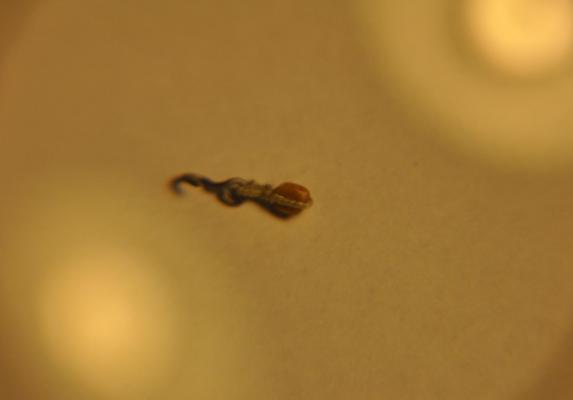
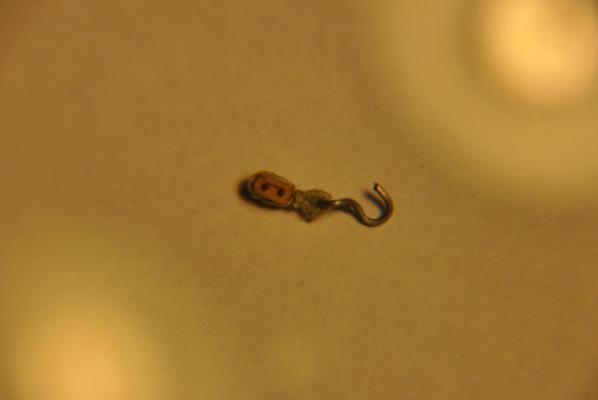
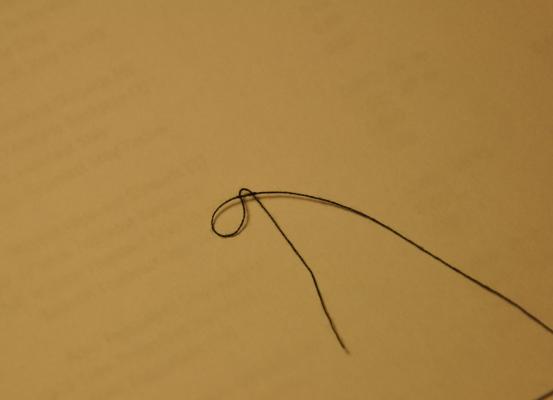
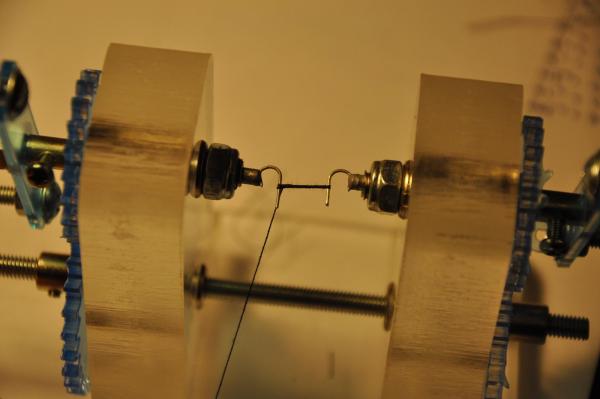

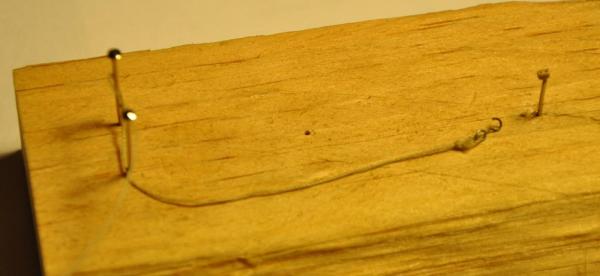
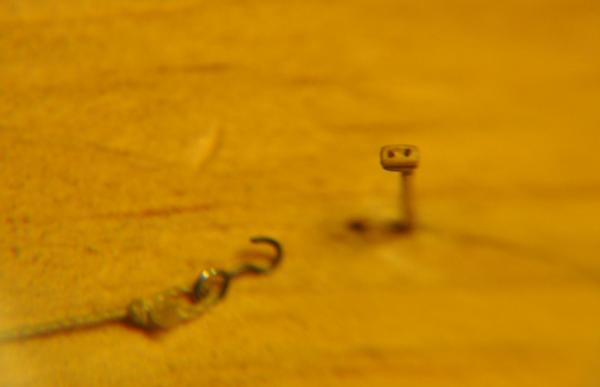

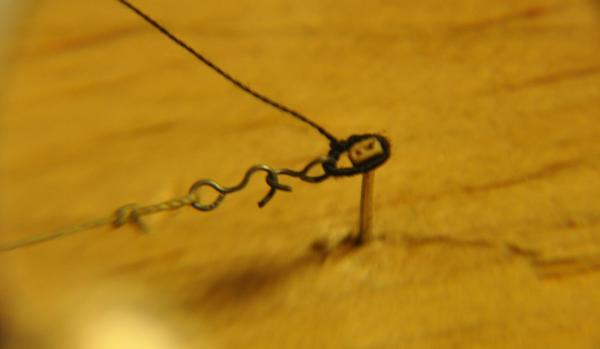
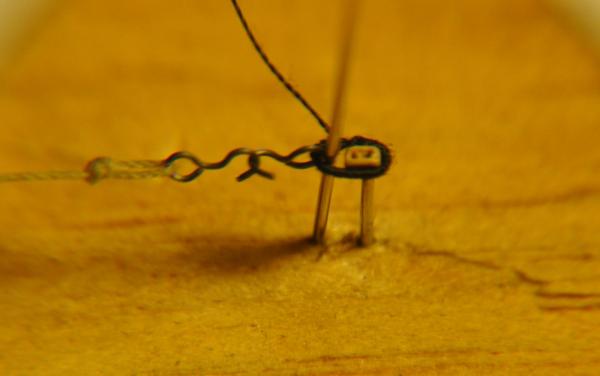
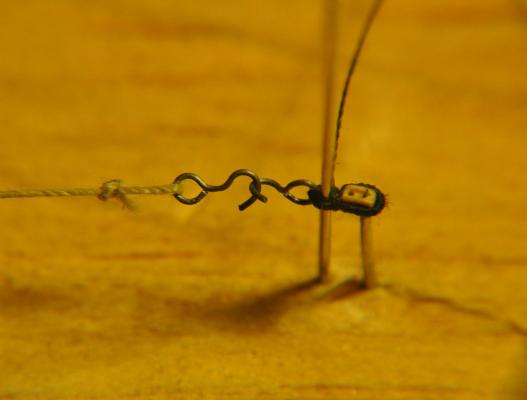
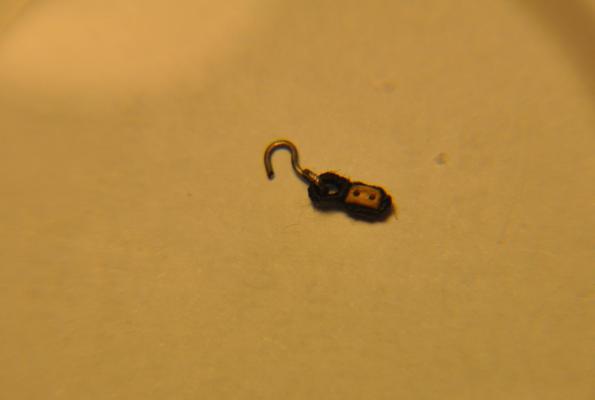
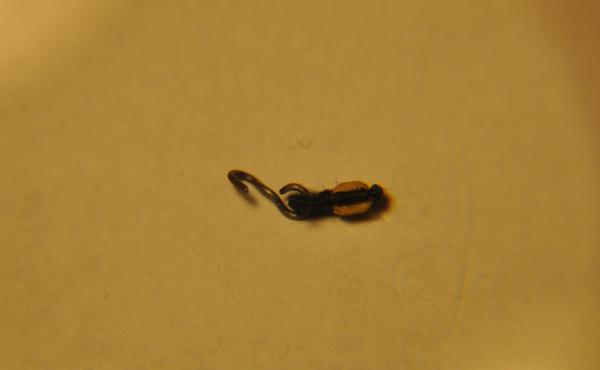
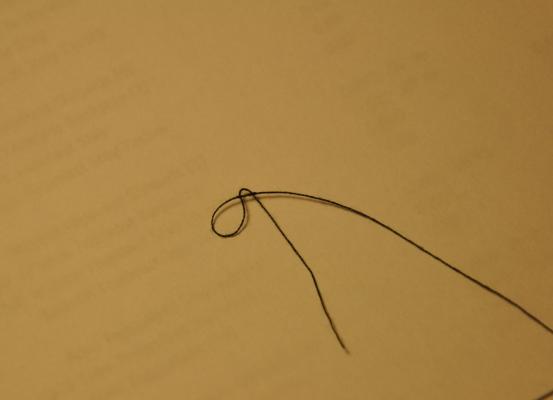
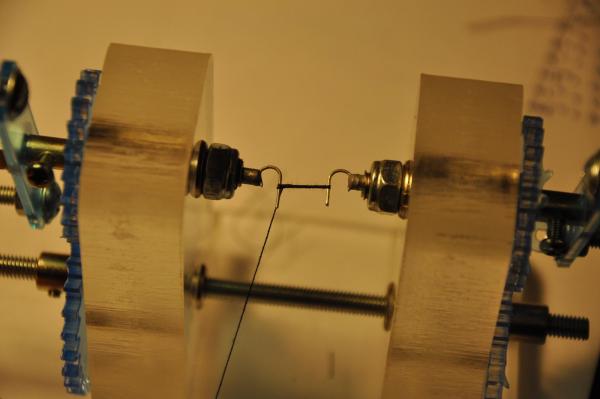
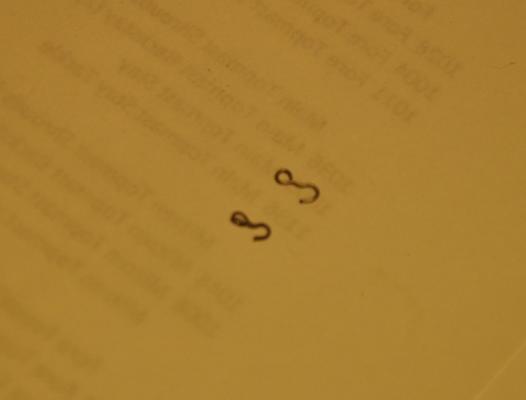
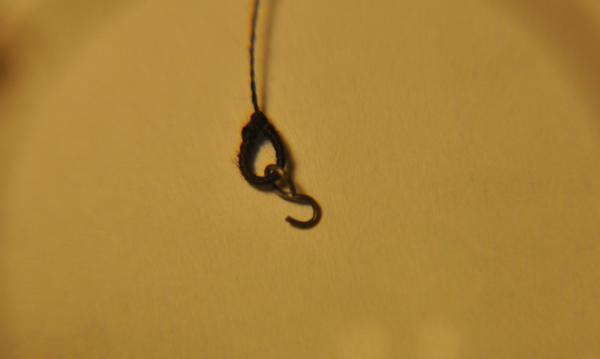
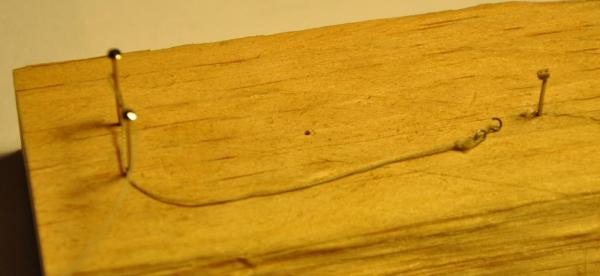
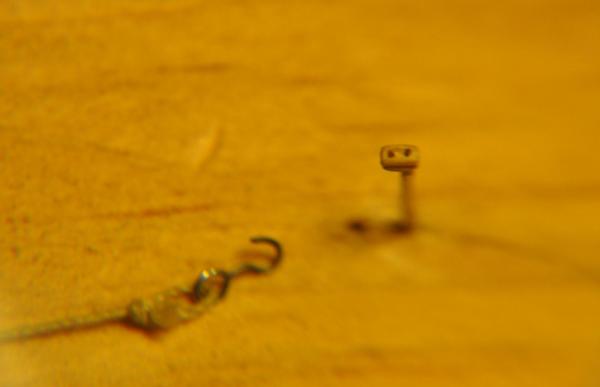
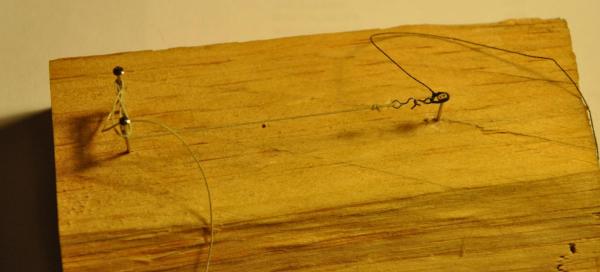
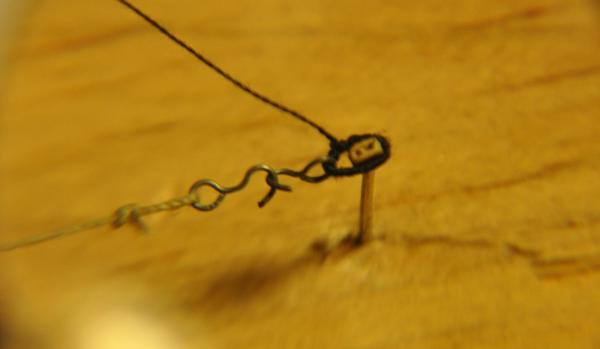
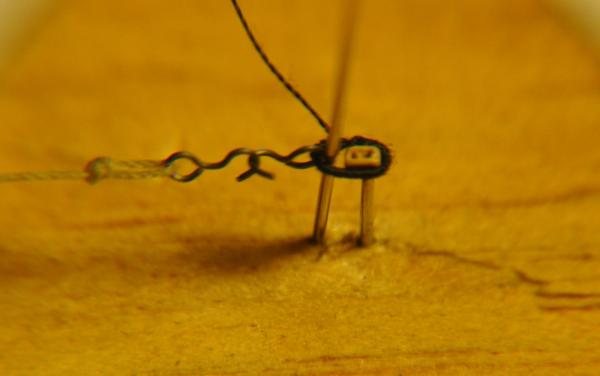
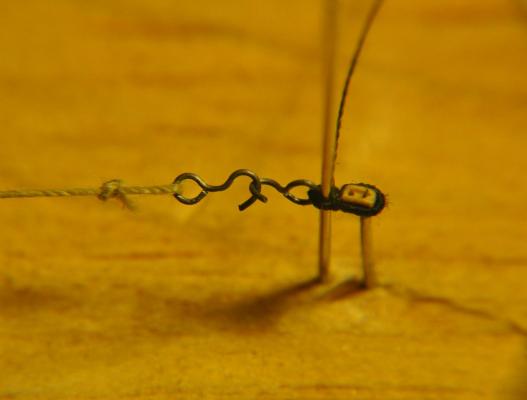
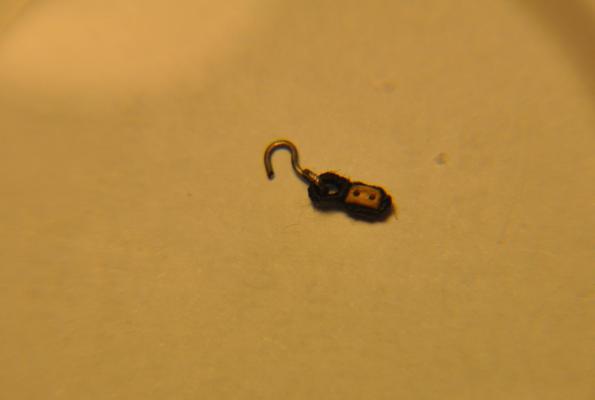
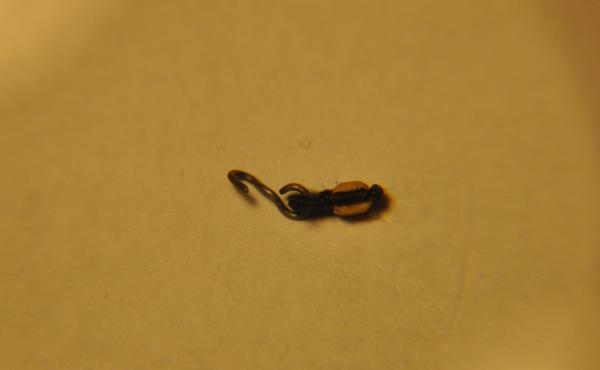
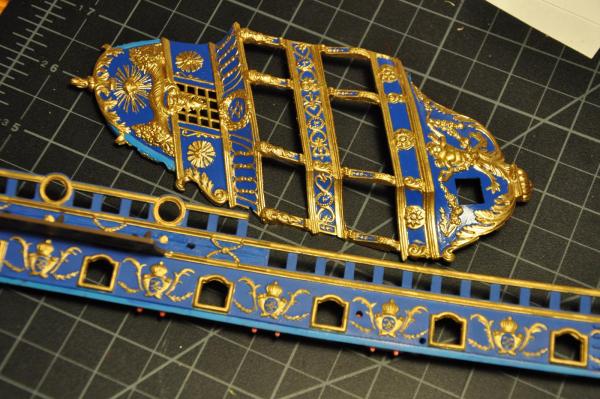
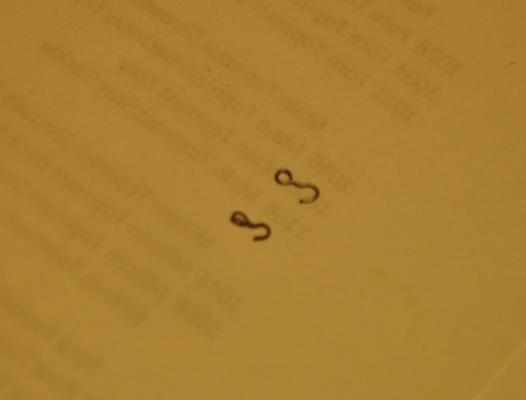
USS Constitution by lambsbk – Revell – 1/96 - PLASTIC – With Fiber Optics
in - Kit build logs for subjects built from 1751 - 1800
Posted
Still working on my gun tackles also. Currently working out methods for making beckets.